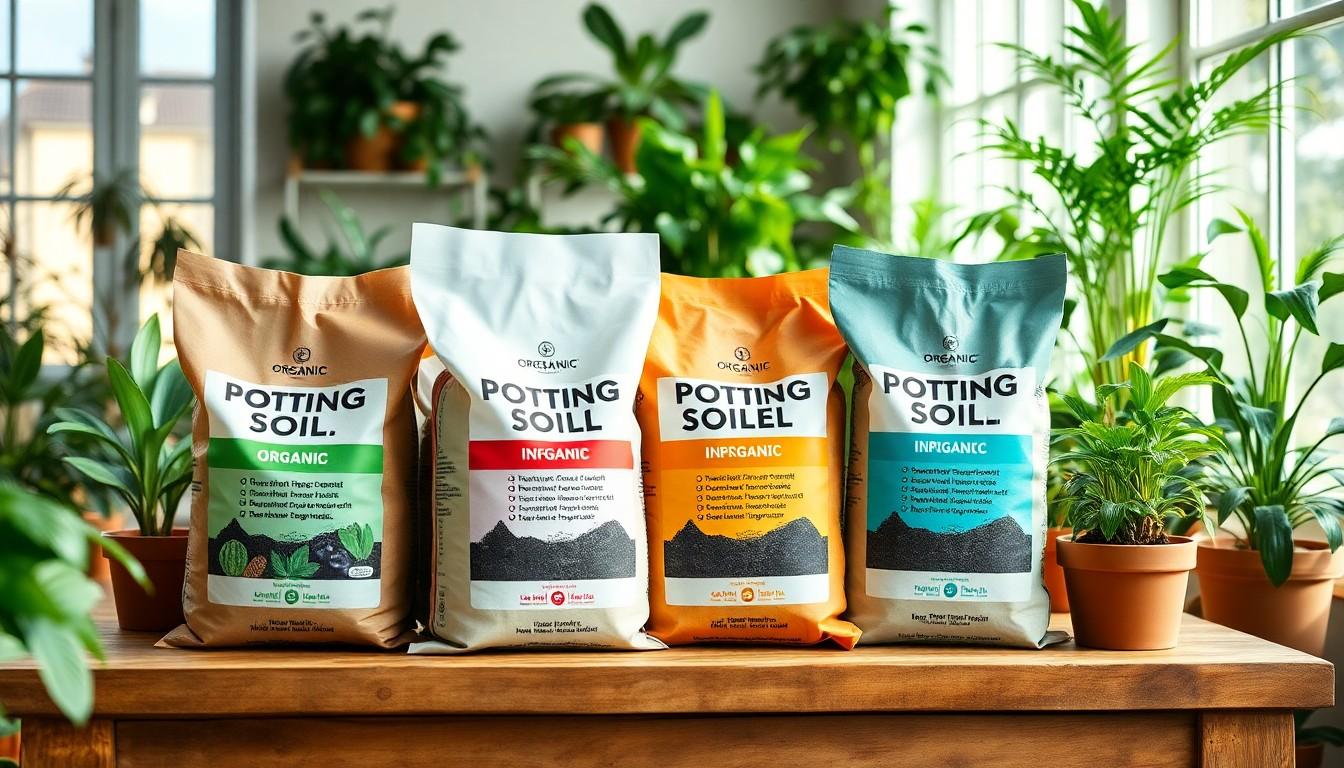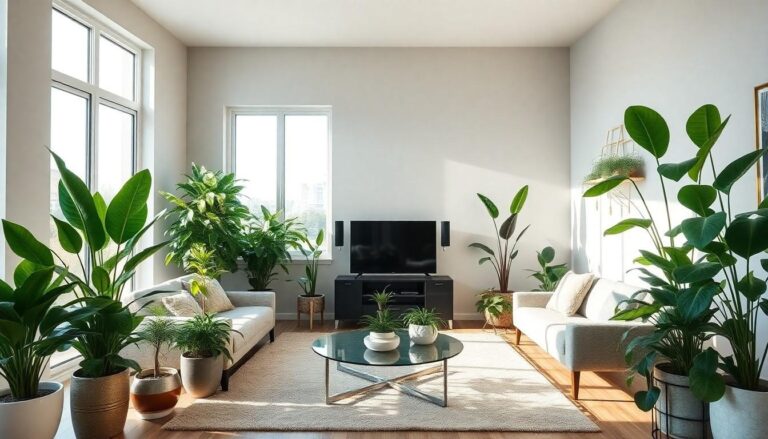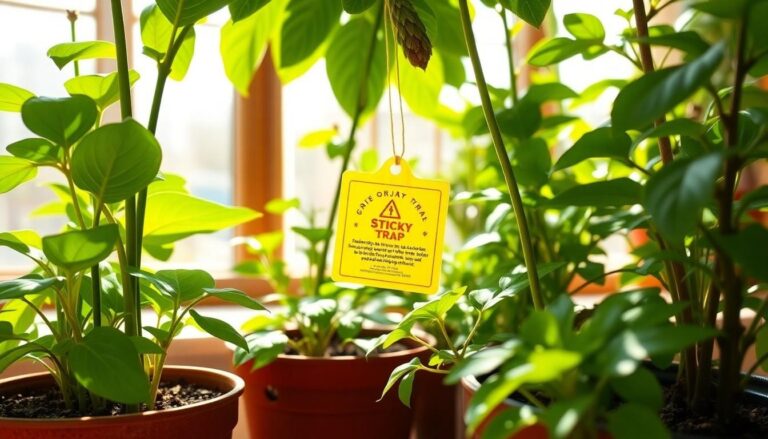Indoor plants can transform any space from drab to fab, but without the right potting soil, those leafy companions might just wither away like last week’s takeout. Choosing the perfect potting soil isn’t just a matter of throwing dirt in a pot; it’s a science, an art, and sometimes, a bit of a guessing game. With so many options out there, it’s easy to feel overwhelmed.
Importance Of Potting Soil For Indoor Plants
Choosing the right potting soil significantly impacts indoor plant growth. Quality potting soil provides essential nutrients, retains moisture, and ensures proper drainage. A suitable mix encourages root development, enabling plants to absorb water and nutrients effectively.
Different plants require varying soil compositions. For example, succulents thrive in well-draining mixes while ferns prefer moisture-retentive options. Understanding these needs helps in selecting the appropriate soil blend for each plant type.
Potting soil also influences pH levels, affecting nutrient availability. An ideal pH range for most indoor plants is between 6 and 7. Maintaining this balance fosters healthier growth and prevents nutrient deficiencies. Testing soil pH regularly aids in sustaining optimal conditions.
Moreover, potting soil improves aeration, which is critical for healthy root systems. Good aeration prevents root rot and encourages stronger, more vigorous plants. Choosing mixes that include components like perlite or vermiculite enhances aeration for better plant health.
Organic matter in potting soil promotes beneficial microbial activity. Healthy microbes decompose organic materials, enhancing nutrient availability. Diverse microorganisms support plant growth while providing disease resistance.
Finally, the right potting soil contributes to overall plant aesthetics. Healthy plants with vibrant foliage offer visual appeal. Proper soil selection not only supports growth but also enhances the decorative qualities of indoor spaces.
Investing in quality potting soil translates directly into thriving indoor plants. Prioritizing nutrient-rich, well-aerating, and moisture-retentive mixes ensures success in indoor gardening.
Types Of Potting Soil

Understanding potting soil types helps in selecting the best option for indoor plants. Various compositions cater to specific plant needs.
Organic Vs. Inorganic
Organic potting soils consist of naturally derived materials like peat moss, compost, or coconut coir. These components provide essential nutrients and promote beneficial microbial activity. Inorganic options, such as perlite or vermiculite, enhance drainage and aeration. Notably, many indoor plants thrive on a mix of both organic and inorganic ingredients. The balance allows for nutrient retention and improved soil structure. Gardeners often choose organic soils for their environmentally friendly attributes, while inorganic soils suit those prioritizing drainage.
Pre-Mixed Potting Soil Options
Numerous pre-mixed potting soil options exist to simplify plant care. Specialized formulas target specific plant types, including cacti, orchids, or herbs. Each blend combines essential elements like bark, perlite, or peat to create the ideal growing environment. Commercially available mixes often include nutrients tailored for sustained plant health. Manufacturers create these soils to cater to both novice and experienced gardeners alike. Gardeners find convenience in using ready-made mixes, saving time and ensuring proper composition from the start.
Choosing The Right Potting Soil
Selecting appropriate potting soil is essential for indoor plant vitality. Various factors influence this choice, and understanding them leads to successful growth.
Factors To Consider
Consider the type of plant when choosing potting soil. Succulents require well-draining mixes, while tropical plants thrive in moisture-retentive soils. Assess the soil’s pH level, aiming for a range of 6 to 7 to maximize nutrient availability. Examine components like perlite or vermiculite that improve aeration, fostering healthy root systems. Review organic versus inorganic options; organic soils enrich microbial activity, while inorganic substances enhance drainage. Think about pre-mixed options that cater to specific plant needs, providing tailored nutrients for diverse varieties.
Common Mistakes To Avoid
Avoid using regular garden soil for indoor plants. This type can compact easily, hindering drainage and root growth. Don’t overlook the importance of pH, as imbalances can lead to nutrient deficiencies. Neglecting to ensure proper aeration can cause root rot and plant decline. Remember to disregard the belief that all plants require the same soil type; each species has unique needs. Skipping seasonal soil refreshment leads to nutrient depletion, impacting plant health.
Maintaining Potting Soil Health
Maintaining potting soil health involves regular assessment and adjustments. Nutrient levels should be checked frequently to ensure optimal plant growth. Adding organic fertilizers can replenish essential nutrients, promoting robust health in indoor plants.
Aeration plays a vital role in soil health. Allowing air to circulate within the soil prevents compaction, which can restrict root growth. Incorporating perlite, vermiculite, or similar materials enhances aeration significantly.
Moisture retention must be balanced to avoid over-saturation. Ensuring proper drainage prevents root rot, while monitoring moisture levels helps keep soil conditions ideal. Using pots with drainage holes provides an effective solution for excess water.
Regularly refreshing potting soil contributes to a healthy environment. Replacing top layers of soil every 6 to 12 months can reinvigorate nutrient content. Seasonal changes also dictate adjustments, with different plants requiring varied care throughout the year.
pH levels should be maintained within the optimal range of 6 to 7. Testing kits are readily available for those unfamiliar with checking soil pH. Amending soil with lime can raise pH, while sulfur can lower it, ensuring nutrient availability.
Awareness of specific plant needs is crucial. Certain plants prefer drier or wetter conditions, influencing soil composition and moisture levels. Researching individual requirements guides proper care and encourages sustained growth.
Monitoring for pests and diseases also ensures soil integrity. Regular inspections of soil and plant leaves help catch infestations early. Implementing organic pest control methods minimizes disruption to beneficial microorganisms in the soil.
By applying these practices, maintaining potting soil health not only supports vibrant indoor plants but also enhances the overall gardening experience.
Conclusion
Selecting the right potting soil is essential for thriving indoor plants. With the right mix of nutrients drainage and aeration, plants can flourish and add beauty to any space. Regular assessment of soil health and adjustments based on each plant’s needs ensure long-term success.
By understanding the unique requirements of different plants and maintaining optimal conditions, indoor gardeners can create a vibrant and healthy environment. Investing time in choosing quality potting soil and caring for it pays off with lush greenery and a rewarding gardening experience.





